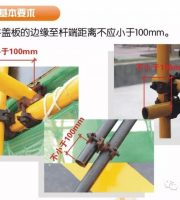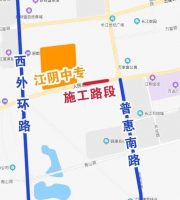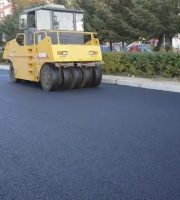For high-rise steel structures with seismic fortification of 8 degrees or above, when using a frame support system, eccentric support should be used instead of central support as the main lateral force resistant component of the entire structural system..
1. There are five forms of eccentric support for high-rise steel structures: octagonal support, single diagonal rod support, A-shaped support, herringbone support, and V-shaped support. Compared with the octagonal support, A-shaped and V-shaped supports have a larger energy dissipation capacity due to the addition of an additional energy dissipation beam segment on each floor of the crossbeam..
2. Each diagonal rod supported needs to have at least one end connected to the frame crossbeam, and the intersection point between the diagonal rod axis and the crossbeam axis should deviate from the intersection point of the beam or column axis or another diagonal rod axis from the intersection point of the crossbeam axis by a certain distance, forming an energy dissipation beam segment..
3. Each diagonal rod can only be connected to the energy dissipation beam segment at one end. If both ends of the diagonal rod are connected to the energy dissipation beam segment, during an earthquake, the energy dissipation beam segment at one end may yield, while the energy dissipation beam segment at the other end may not yield, thereby reducing the bearing capacity and energy dissipation capacity of the support..
4. In order to increase the anti push stiffness of the eccentrically supported frame and enable the energy dissipation beam segment to withstand greater shear forces, shorter energy dissipation beam segments should generally be used. When using A-shaped or V-shaped supports, the length of the energy dissipation beam segment a can be taken as 0.15L, where L is the length of the frame beam where the support is located. The inclination angle of the supporting diagonal rod is usually between 35 ° and 50 °. If it is too small, it will increase the axial force of the energy dissipation beam section and make the node structure complex..
5. Eccentric support frames should be used for seismic fortification steel structures with a total number of floors exceeding 12, but energy dissipation beam segments may not be required for the top floor frame beams, that is, central support should be used at the top floor. In addition, when the elastic bearing capacity of the bottom layer of the structure is equal to or greater than 1.5 times the bearing capacity of the other layers, central support can also be used for the bottom layer..
6. Eccentric supports arranged vertically should be extended to the foundation in the form of central supports or shear walls below the indoor floor level of the ground floor..




